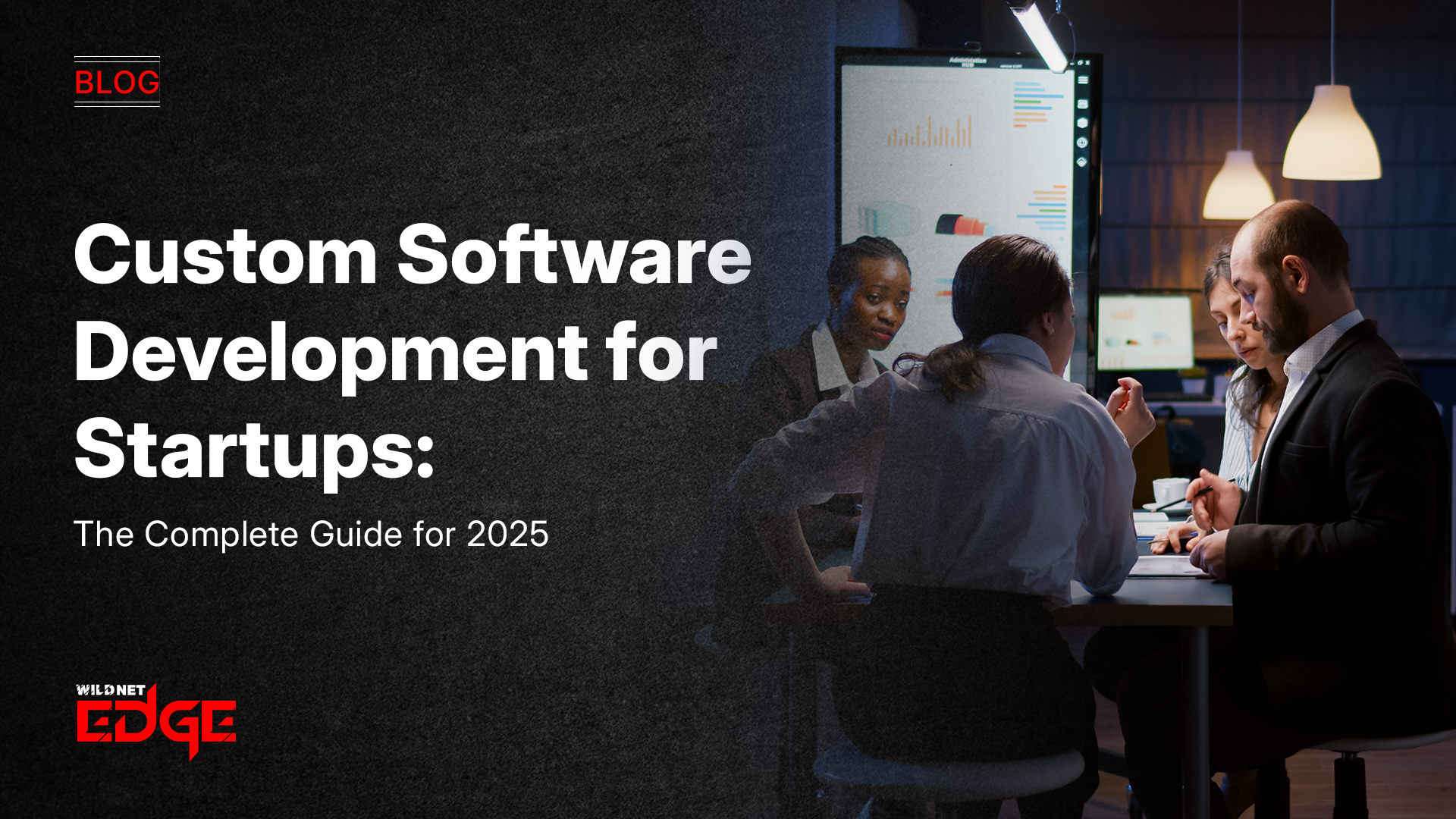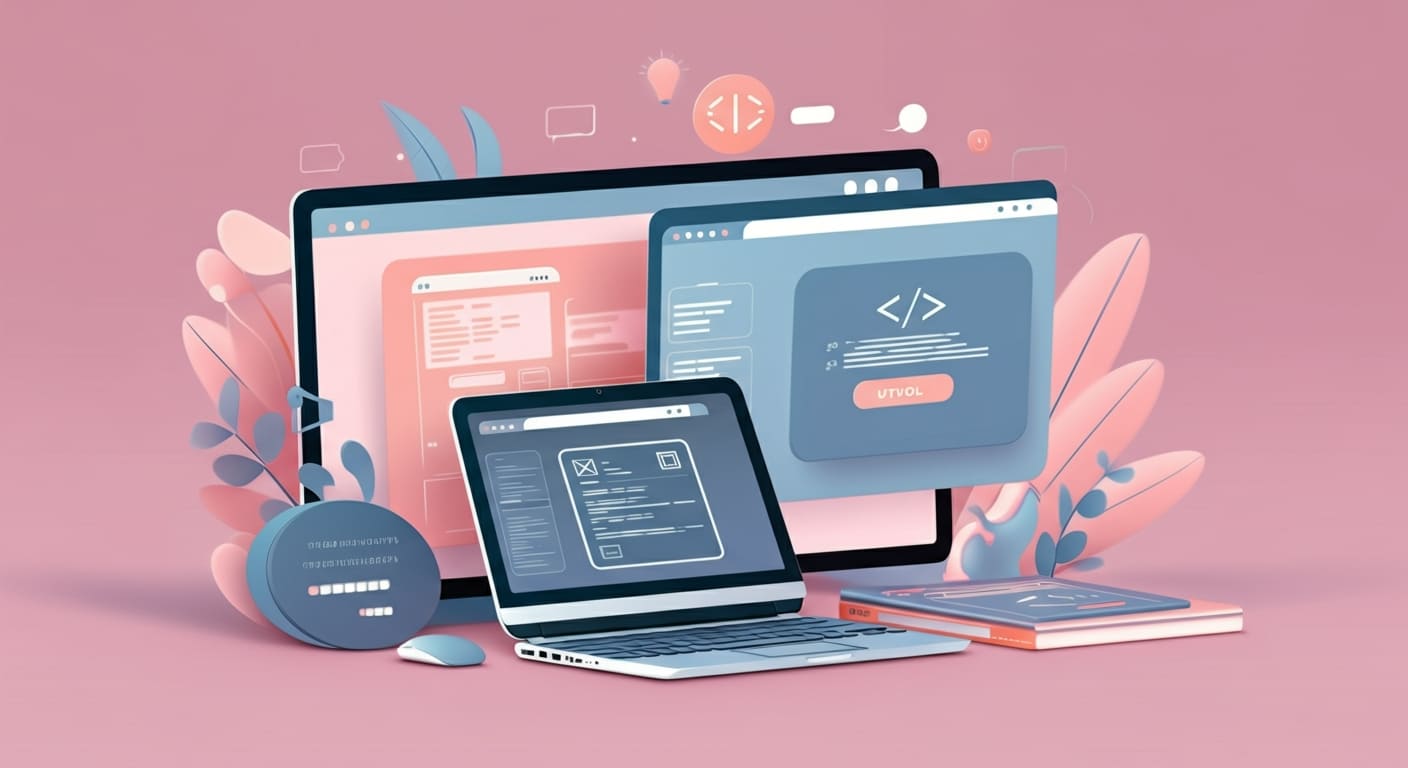In today’s tech-driven world, understanding the saas development cost is crucial for businesses looking to establish their presence in the SaaS market. Whether you’re a startup or an established enterprise, knowing the financial nuances behind software as a service pricing can help you allocate resources wisely. In this blog, we’ll delve into various elements affecting the costs associated with SaaS application development, providing you with a comprehensive saas budget estimate. Let’s explore how to navigate the costs effectively and make informed decisions as you embark on your SaaS journey.
Understanding SaaS Development Cost
What Influences SaaS Development Cost?
The saas development cost is largely influenced by several key factors, including the complexity of the application, the features required, and the technology stack chosen. Applications with a more complex architecture require more time and resources, which directly increases the overall costs. For instance, a SaaS solution that integrates with multiple third-party services will demand a more comprehensive development effort.
Moreover, the features included in your project also play a significant role in determining your saas development cost. Custom features, user interfaces, and scalability requirements can all lead to variations in pricing. Additionally, the technology stack you select can impact both development time and expenses. For instance, using well-established frameworks might lower costs compared to adopting new or less stable technologies.
Typical SaaS App Charges Breakdown
Understanding saas app charges requires a comprehensive breakdown of costs associated with development, maintenance, and other additional expenses. A typical software as a service pricing structure includes not only the development fees but also ongoing costs related to hosting, maintenance, and updates.
The development costs generally encompass the design, programming, and testing phases, which can add significantly to your saas budget estimate. Beyond initial costs, consider ongoing maintenance charges that ensure the application remains functional and secure. This includes bug fixes, performance optimization, and periodic feature enhancements, which are vital for user satisfaction and retention.
Software as a Service Pricing Models
Comparing Different Software as a Service Pricing Models
There are various software as a service pricing models to consider, including subscription-based, pay-per-use, and tiered pricing. Subscription-based models are the most prevalent, allowing users to make regular payments for continued access to the software. This model fosters steady revenue streams for developers, aligning their interests with customer satisfaction.
Pay-per-use models charge customers based on the usage level, appealing to those who prefer to pay solely for what they consume. Tiered pricing combines elements of both models, offering different packages at varying price points. Each of these pricing models has its own implications for your business’s saas budget estimate, affecting how much you charge customers and how much you can expect in return.
Cost Implications of Pricing Models
As you navigate the different software as a service pricing models, be aware of their cost implications. Subscription-based models tend to generate consistent revenue but may limit the initial cash influx compared to pay-per-use models. On the other hand, tiered pricing can optimize revenue by attracting a broader customer base, though it requires careful planning to implement correctly.
Understanding which software as a service pricing model aligns with your business goals will help you manage your saas budget estimate effectively. Your choice can influence customer attrition rates and scalability of your SaaS application as market demands shift over time.
SaaS Development Company: Choosing the Right Partner
Factors to Consider When Selecting a SaaS Development Company
When searching for a reliable SaaS development company, several factors must be considered. Look for companies with proven experience in building similar applications, as they will better understand market nuances and technical requirements. Technical expertise, especially in the technology stack you wish to use, is also crucial.
Additionally, customer reviews and case studies can provide insight into a company’s deliverability and client satisfaction. A strong portfolio showcasing past projects will enhance your confidence in their ability to meet your specific needs while managing your saas development cost effectively.
How Hiring a SaaS Developer Impacts Your Budget
The decision to hire a saas developer can significantly impact your budget. When you hire saas developer, you gain access to specialized skills and knowledge, which can lead to efficient project execution. However, this option often comes with higher upfront costs compared to developing in-house, especially if you need to train existing employees or acquire new tools.
Maintaining a dedicated team of developers can also incur additional ongoing costs, including salaries, benefits, and administrative overhead. Therefore, carefully evaluating whether to hire a saas developer or develop your application in-house is critical and should align with your financial planning.
Estimating Your SaaS Budget
Creating an Effective SaaS Budget Estimate
An accurate saas budget estimate is vital for guiding your project to a successful completion. Begin by outlining all potential costs, including development, maintenance, and hosting. Allocate a buffer for unforeseen expenses, typically 10-20% of your overall budget, to ensure you are prepared for unexpected challenges.
It’s also essential to involve key stakeholders in the budgeting process, as their input can highlight potential obstacles and opportunities you may not have considered. By setting realistic expectations and tracking expenditures closely, you can create a more effective budget for your SaaS application development journey.
Tools and Resources for SaaS Cost Estimation
There are numerous tools and resources available that can assist in estimating SaaS development costs efficiently. Project management software often includes budgeting tools that can help you establish timelines and costs based on previous project data. Additionally, online calculators and templates specifically designed for SaaS budget estimation can be valuable.
Devoting time to research and gather historical data from similar projects can streamline your budgeting process, ultimately supporting an accurate saas budget estimate. Utilizing these tools is an excellent way to navigate the financial complexities of developing a SaaS product.
Special Considerations: Hidden Costs in SaaS Development
Understanding Hidden Costs Associated with SaaS
Hidden costs can significantly impact your expected saas app charges, often catching businesses off guard. Common hidden costs may include fees for third-party integrations, compliance with regulatory standards, or unexpected changes in project scope. Additionally, costs related to performance optimization and technical support can add to the overall financial burden.
Understanding these hidden costs associated with SaaS development is crucial for maintaining control over your budget. Conducting thorough research and planning ahead can help prepare for these potential financial hurdles.
Mitigating Risks and Unexpected Costs
To mitigate risks associated with unforeseen expenses during development, consider implementing robust project management strategies. Establishing clear timelines, maintaining open communication with your development team, and conducting regular progress reviews can help identify potential issues before they escalate.
In addition, maintaining flexibility within your budget allows for adjustments when unpredictable costs arise. Investing in proper planning and risk management can significantly reduce the financial implications of unexpected challenges during your SaaS development journey.
Conclusion
In conclusion, understanding the various aspects that contribute to the saas development cost is vital for any organization looking to invest in SaaS solutions. By taking into account the different pricing models, the charges involved, and selecting the right development company, you can create a robust budget. For those looking to dive deeper into their SaaS journey, partnering with a trusted AI-first company like Wildnet Edge can deliver successful outcomes.
FAQs
The main factors include complexity, feature set, and chosen technology stack.
Common models include subscription-based, per-user pricing, and tiered pricing.
It’s essential to consider development costs, maintenance, and any unforeseen expenses.
Prior experience, technical expertise, and customer reviews are critical aspects to evaluate.
Be mindful of development, maintenance, hosting fees, and any additional third-party integrations.

Nitin Agarwal is a veteran in custom software development. He is fascinated by how software can turn ideas into real-world solutions. With extensive experience designing scalable and efficient systems, he focuses on creating software that delivers tangible results. Nitin enjoys exploring emerging technologies, taking on challenging projects, and mentoring teams to bring ideas to life. He believes that good software is not just about code; it’s about understanding problems and creating value for users. For him, great software combines thoughtful design, clever engineering, and a clear understanding of the problems it’s meant to solve.
 sales@wildnetedge.com
sales@wildnetedge.com +1 (212) 901 8616
+1 (212) 901 8616 +1 (437) 225-7733
+1 (437) 225-7733































